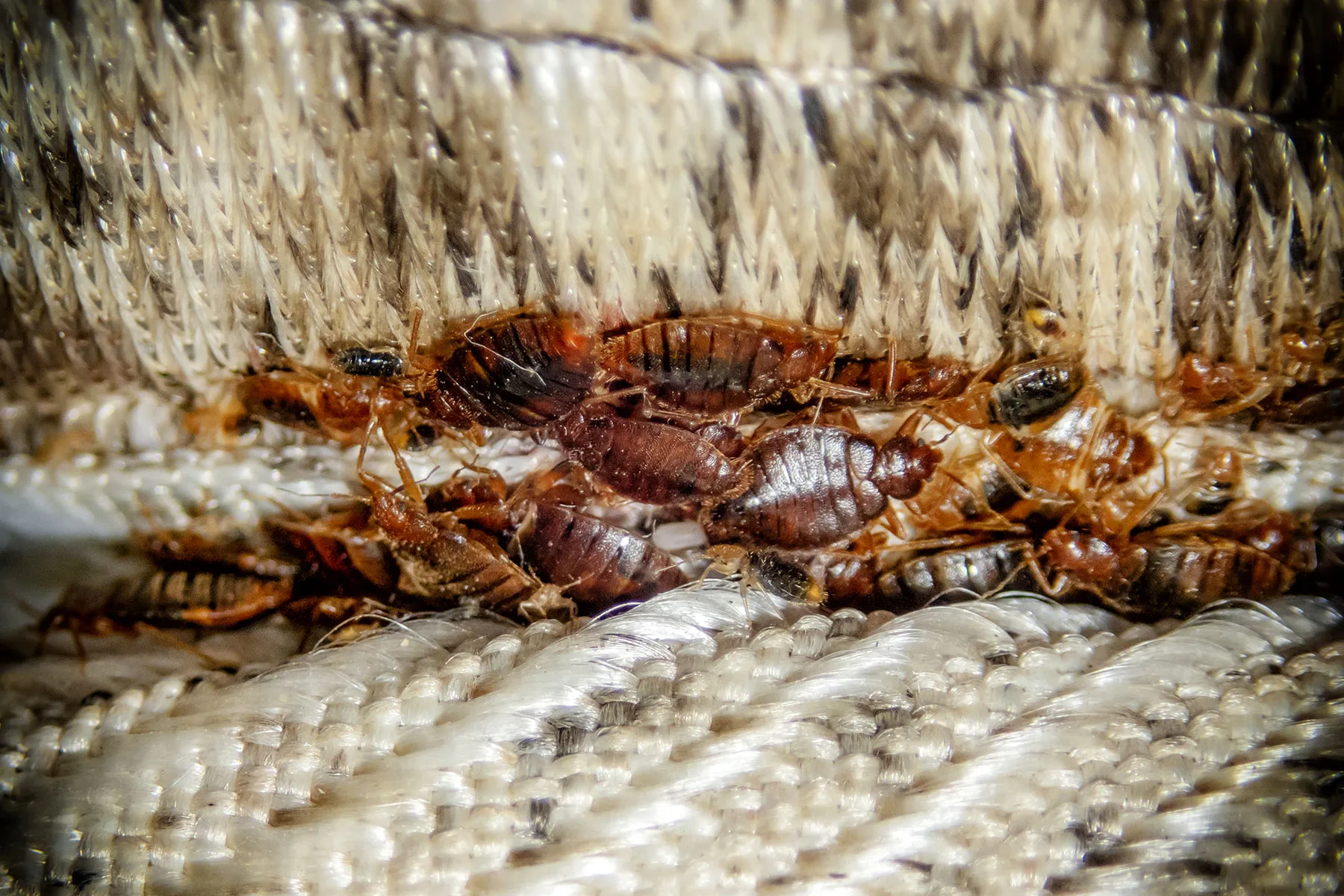Bed bugs are small, stealthy pests that have been troubling humans for centuries. Their ability to hide in tiny crevices, feed on humans at night, and reproduce rapidly makes them particularly difficult to eliminate. To effectively control an infestation, it is essential to understand the lifecycle of a bed bug. Each stage of development—egg, nymph, and adult—presents unique challenges that influence treatment strategies.
By understanding how bed bugs grow and reproduce, homeowners can take more informed steps to prevent infestations and work with professionals to ensure complete eradication.
1. Egg Stage
The lifecycle begins with bed bug eggs, which are tiny, white, and sticky, about the size of a pinhead. Female bed bugs lay hundreds of eggs over their lifetime, typically depositing them in hidden areas such as mattress seams, box springs, furniture cracks, and behind baseboards.
Eggs are remarkably resilient. They can survive many DIY chemical treatments and remain hidden in tiny crevices that are difficult to access. Under favorable conditions, eggs typically hatch in 6–10 days, releasing nymphs that begin feeding on blood almost immediately. Because eggs are often missed by home treatments, infestations can persist despite repeated attempts.
2. Nymph Stage
After hatching, bed bugs enter the nymph stage, which consists of five developmental phases. Nymphs are small, translucent, and very difficult to detect. Each stage requires at least one blood meal to molt to the next phase.
Nymphs grow progressively larger and darker with each molt, eventually reaching adulthood. They can survive for weeks without feeding, depending on environmental conditions, which contributes to the resilience of bed bug populations. Their small size and ability to hide in furniture seams, electrical outlets, and baseboards make them particularly challenging to eliminate without professional intervention.
3. Adult Stage
Adult bed bugs are reddish-brown, flat, and approximately 4–5 millimeters long. Adults are mobile, highly reproductive, and typically feed at night. A single female can lay hundreds of eggs during her lifespan, contributing to the rapid expansion of an infestation if left untreated.
Adults hide in the same areas as nymphs, such as mattress seams, furniture joints, baseboards, and walls. They are excellent at avoiding detection, which is why professional treatment is often necessary for complete eradication.
4. Reproduction and Population Growth
The reproductive cycle of bed bugs is a key factor in the persistence of infestations. Female bed bugs reproduce through a process called traumatic insemination, allowing them to lay a significant number of eggs even after a single mating. Within a few weeks, a small population can grow exponentially, creating a serious infestation.
- Eggs survive many chemical treatments: Over-the-counter products often fail to reach eggs hidden deep in mattresses or furniture.
- Nymphs are hard to detect: Small and translucent, they often escape notice until they grow larger.
- Adults hide extensively: Missed adults continue to feed and reproduce, sustaining the infestation.
Because of this rapid reproductive cycle, a partial treatment is often ineffective, and infestations may persist or worsen if all life stages are not targeted.
5. Implications for Treatment
Understanding the bed bug lifecycle is crucial for developing effective treatment strategies. Many DIY methods fail because they do not address all stages of development:
- Eggs: Resistant to most chemicals and often hidden, requiring treatments that penetrate hiding places or employ heat.
- Nymphs: Easily overlooked due to small size; require thorough inspection and treatment coverage.
- Adults: Active and mobile, adults must be eliminated simultaneously with eggs and nymphs to prevent reinfestation.
Professional exterminators combine multiple approaches, including heat treatment, targeted chemical applications, and integrated pest management, to ensure all stages are eradicated.
6. Challenges of DIY Treatments
Homeowners attempting DIY bed bug eradication often fail to address the lifecycle fully. Products may kill some adult bed bugs but leave behind eggs and nymphs. Heat-sensitive treatments may be improperly applied, and small hiding spots are easily missed. This incomplete approach allows the infestation to continue, often spreading to neighboring rooms or units in multi-family buildings.
Professional intervention ensures that every stage of the lifecycle is addressed, providing effective, long-term results. Services like Hot Bugz offer expert inspections, customized treatment plans, and follow-up monitoring to ensure complete eradication.
7. Early Detection and Prevention
Understanding the lifecycle also helps with early detection and prevention. By recognizing signs such as small bites, rust-colored stains on bedding, shed skins, or tiny white eggs, homeowners can identify an infestation before it grows out of control. Prompt professional treatment ensures that bed bugs at all stages are eliminated quickly, reducing the risk of further spread.
Preventive measures, such as inspecting secondhand furniture, using mattress encasements, and maintaining cleanliness, can also help prevent infestations from establishing in the first place.
Final Thoughts
The lifecycle of a bed bug directly impacts treatment success. Eggs, nymphs, and adults each present unique challenges that make DIY methods often insufficient. Understanding these stages highlights the importance of professional intervention.
By working with trained experts, such as Hot Bugz, homeowners can ensure that infestations are fully eradicated, addressing every stage of the lifecycle. This approach not only removes existing bed bugs but also prevents new generations from emerging, keeping homes safe, comfortable, and pest-free.




